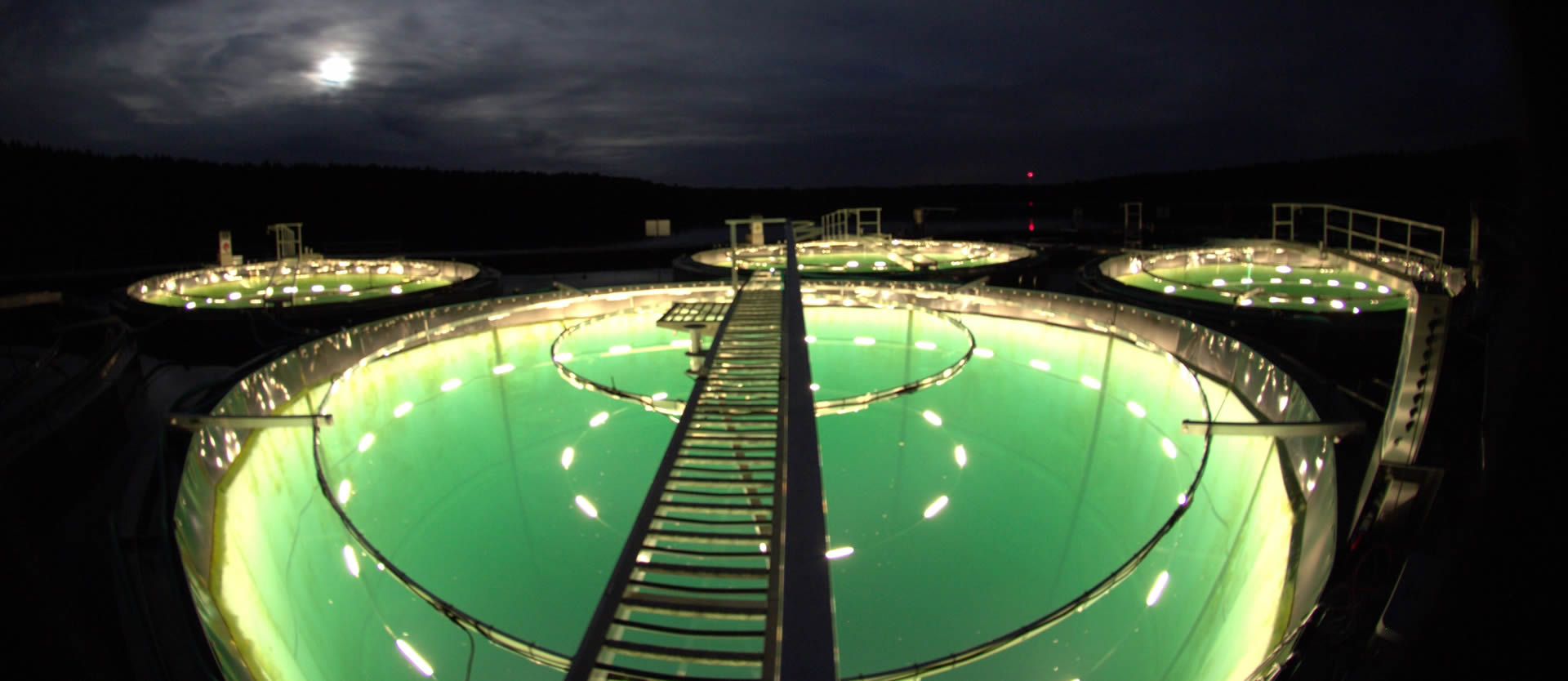
Global change in artificial light

Our planet is no longer dark at night. Countless artificial light sources illuminate our cities and streets. But light propagates not just directly from these light sources: it is in fact scattered and diffused across almost the entire globe, in a phenomenon physicists refer to as “skyglow”. Light emitted at night is reflected by the smallest particles in the air, known as aerosols, and by atmospheric clouds back toward Earth, causing a glowing dome across the sky.
There are hardly any regions remaining on Earth that are not affected by this light pollution. It is particularly difficult to find unaffected areas in densely populated Germany. But scientists from the Leibniz-Institute of Freshwater Ecology and Inland Fisheries (IGB) have found one: Lake Stechlin in northern Brandenburg. Using sensors set up on the lake, they discovered that the night sky over Lake Stechlin today is almost as dark as on clear, moonless nights before the introduction of electric lighting. “We were particularly surprised to see that – despite its proximity to Berlin – the brightness of the night sky over Lake Stechlin is further reduced by cloud cover. This is actually normal, but these days only very few regions of the world experience this,” says physicist Dr. Andreas Jechow of the IGB.
IGB scientists will now investigate behavior of the wildlife in the lake in response to the particularly dim skyglow. “In order to do this, we have designed a special lighting system,” says Jechow. The researchers have installed a pilot facility of 24 cylinders in the lake. The cylinders are nine meters in diameter and extend 20 meters underwater. For their experiments, IGB scientists have developed a special system using LED lights to stimulate skyglow. “At Lake Stechlin, we want to investigate this particular form of light pollution: so-called skyglow,” explains Andreas Jechow. This has never before been done in a controlled outdoor experiment.
To track the responses from the lake’s ecosystem to the artificial light, samples will be taken over the course of the coming weeks. The researchers want to observe the migratory behavior of water fleas and fish. “We expect that primarily the behavior of zoo plankton will be influenced by artificial light, as is the case with water fleas,” says Jechow. Normally, zoo plankton rises to the surface under the cover of night to consume algae. At night, they cannot readily be seen – and thus are ineffectively hunted – by predators. “If artificial light is present, zoo plankton may either not be able to rise to the surface at all, or, if they can, will be immediately spotted and eaten by predators,” Jechow theorizes. “We are curious about this.”









